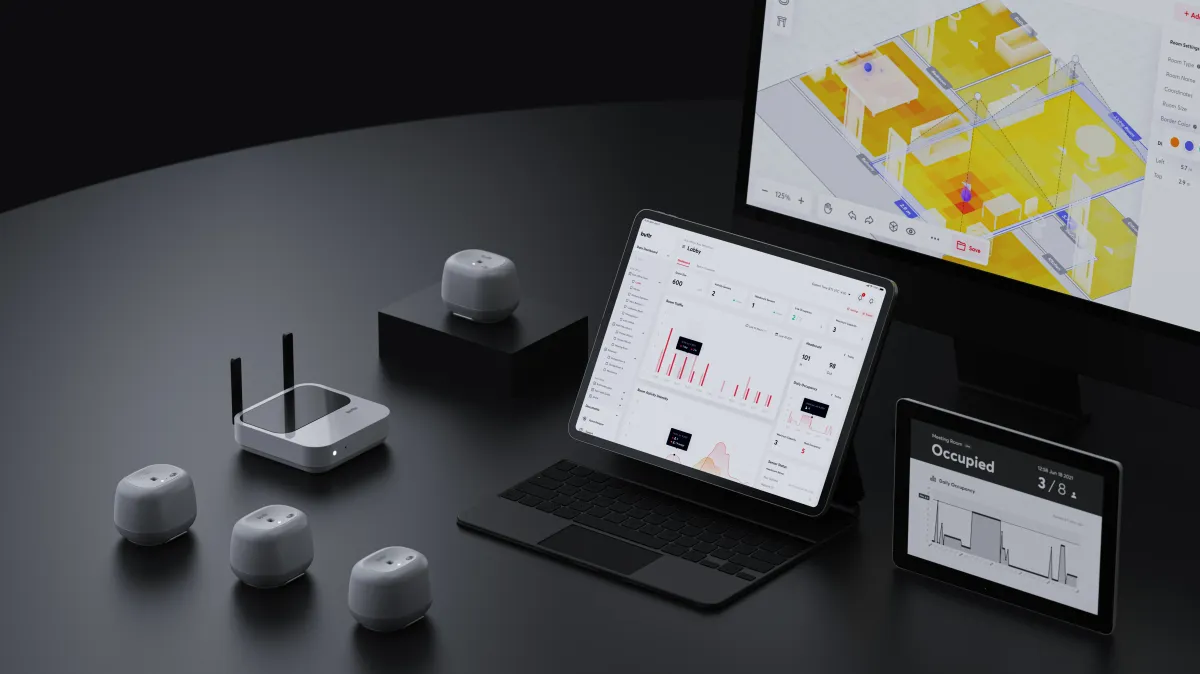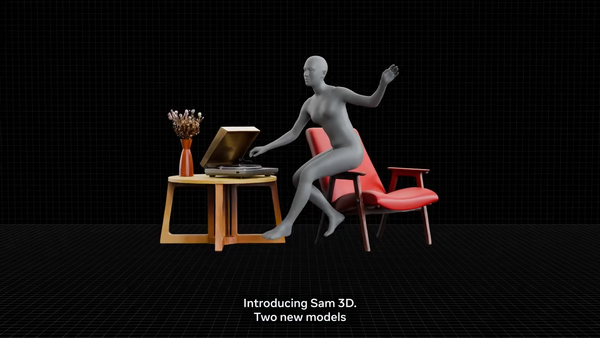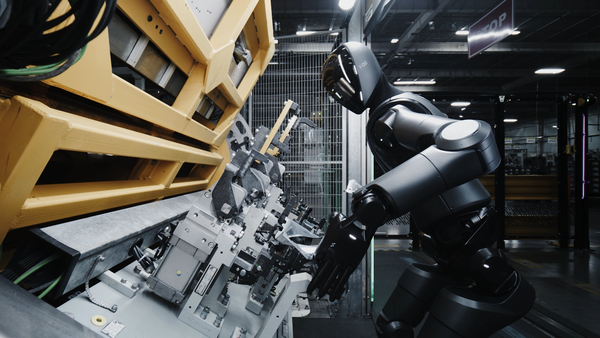Butlr Expands Spatial Perception System with New Wired Sensor Option

- Butlr has launched the Heatic Wired sensor, offering a wired alternative to its existing wireless thermal sensors for tracking human activity in buildings.
- A new adapter lets customers switch between wired and wireless modes without replacing sensors, losing data, or calling technical support.
Butlr has introduced the Heatic Wired sensor to extend its line of thermal-based, anonymous sensing tools for the built environment. The sensor captures how spaces are used by detecting body heat, without cameras or personal identifiers. It mounts to walls or ceilings and provides real-time insights about activity and occupancy.
"For too long, the ability to understand the impact of buildings on humans, and humans on buildings, required invasive technology options, including cameras. Once we proved and patented Butlr's ability to do this anonymously, we were able to quickly scale our business," said Honghao Deng, CEO, Butlr, in an official press release. "Recently, customers have been seeking an option to wire in the wireless sensor permanently. Today, we are proud to launch our wired sensor with Heatic Flex Adapter, which delivers on our design and engineering vision and promise to provide customers with flexible options and accurate insights that were previously unattainable by alternatives currently on the market."
The company also launched the Heatic Flex Adapter, which lets customers move between wired and wireless configurations. This eliminates the need to replace hardware or involve technical support when installation needs change, helping facilities scale more efficiently.
Senior care and commercial workplace customers use Butlr sensors to adjust staffing, safety, and space planning based on actual behavior. These insights help address workforce shortages in elder care and improve collaboration, comfort, and energy use in office environments. Butlr lists Verizon, Carrier, Microsoft, CBRE, and Ranagard senior community as a few of its customers.
Source: YouTube/Butlr
🌀 Tom’s Take:
Autonomy, robotics, and immersive experiences all rely on the computer’s ability to perceive the world, and there are many ways to do that. Butlr shows how spatial systems can sense spaces we can’t, using thermal data to unlock perception beyond human vision.
Source: ACCESS Newswire / Butlr






